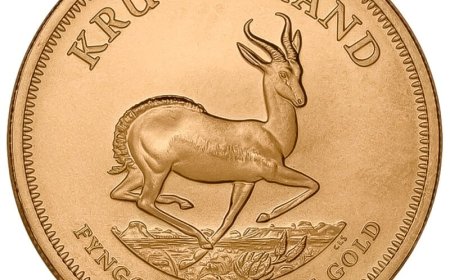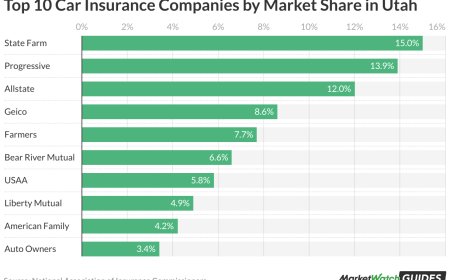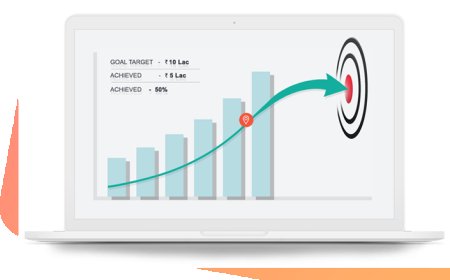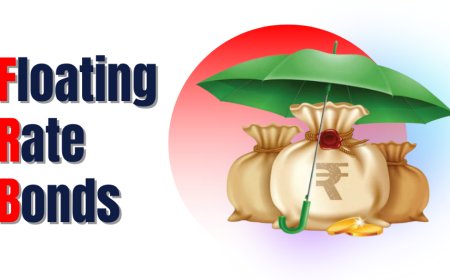Understanding Why the USD Exchange Rate Fluctuates: Key Factors in Forex Markets
Explore why the USD exchange rate fluctuates, its impact on forex trading, and key financial factors that drive market volatility. Stay ahead in forex markets.
The foreign exchange market, or forex, is the largest financial market globally, where currencies are traded around the clock. Among all currencies, the US dollar (USD) holds a central role due to its status as the worlds primary reserve currency. One of the most discussed phenomena in forex is how and why the USD exchange rate fluctuates. This fluctuation has significant implications for global trade, investments, and economic policy. Understanding the reasons behind these movements can help traders, investors, and even casual observers make better-informed decisions.
What Does It Mean When the USD Exchange Rate Fluctuates?
When we say the USD exchange rate fluctuates, we are referring to the changing value of the US dollar relative to other currencies. This can happen due to shifts in demand and supply on the forex market. Exchange rates are expressed as currency pairs, such as USD/EUR or USD/JPY, representing how much of the other currency is needed to buy one US dollar. These rates do not remain static; they continuously change based on various internal and external factors.
Main Factors Influencing USD Exchange Rate Fluctuations
-
Economic Indicators and Data Releases
One of the primary drivers behind the USD exchange rate fluctuates is the release of economic data. Reports such as Gross Domestic Product (GDP), unemployment rates, inflation figures, and retail sales directly impact traders perceptions of the US economys health. For example, stronger-than-expected employment data typically strengthens the dollar because it signals economic growth, attracting foreign investment.
-
Monetary Policy Decisions
The Federal Reserve (Fed), Americas central bank, plays a pivotal role in shaping the USD exchange rate. Interest rate adjustments are especially influential. When the Fed raises interest rates, the dollar often appreciates because higher rates offer better returns on investments denominated in USD. Conversely, rate cuts tend to weaken the dollar. Market anticipation of future Fed moves also leads to preemptive exchange rate adjustments.
-
Geopolitical Events and Market Sentiment
Political stability, trade relations, and geopolitical tensions all impact the USD exchange rate fluctuates scenario. For instance, trade disputes between major economies can create uncertainty, causing investors to seek the US dollar as a safe haven. Similarly, elections or changes in government policies can trigger volatility in forex markets.
-
Global Market Trends and Risk Appetite
In times of market uncertainty or financial crises, investors often flock to the USD due to its liquidity and perceived safety. This demand causes the dollar to strengthen. On the other hand, when the global economy shows signs of stability and growth, investors may seek higher yields in emerging markets or riskier assets, causing the dollar to weaken.
-
Trade Balance and Capital Flows
The US trade balance, or the difference between exports and imports, also influences the USD exchange rate fluctuates. A trade deficit means the US imports more than it exports, increasing the supply of USD in the global market and potentially weakening its value. Capital flows, including foreign direct investment and portfolio investment, also affect demand for the dollar.

Why Does Understanding USD Exchange Rate Fluctuations Matter?
For businesses, exchange rate fluctuations impact the cost of imports and exports, influencing profit margins. For investors and traders, predicting or reacting to these changes is crucial for success in forex trading. Currency fluctuations can affect the returns on international investments and the valuation of multinational companies.
Governments and policymakers monitor exchange rate movements closely. A strong dollar can reduce inflationary pressures by making imports cheaper but can also hurt exporters. Conversely, a weak dollar can boost exports but might lead to higher inflation.
Practical Tips for Navigating USD Exchange Rate Fluctuations
For traders and investors who operate in forex or international markets, here are some practical considerations:
-
Stay Updated on Economic News: Follow economic calendars and news releases to anticipate market reactions.
-
Understand Central Bank Policies: Closely watch Federal Reserve statements and policy changes.
-
Diversify Currency Exposure: To manage risks associated with currency volatility.
-
Use Risk Management Tools: Such as stop-loss orders and position sizing in trading.
-
Monitor Global Events: Including geopolitical developments that might impact market sentiment.
Conclusion
The USD exchange rate fluctuates due to a complex interplay of economic, political, and market forces. By understanding these driving factors, traders, businesses, and policymakers can better navigate the challenges and opportunities presented by forex market volatility. Keeping abreast of economic indicators, central bank policies, and global trends is essential for anyone involved in international finance or forex trading.
In an interconnected global economy, the movement of the US dollar remains a fundamental barometer of economic health and investor confidence. Awareness and knowledge of why and how the USD exchange rate fluctuates will always be a valuable asset for making informed financial decisions.

































